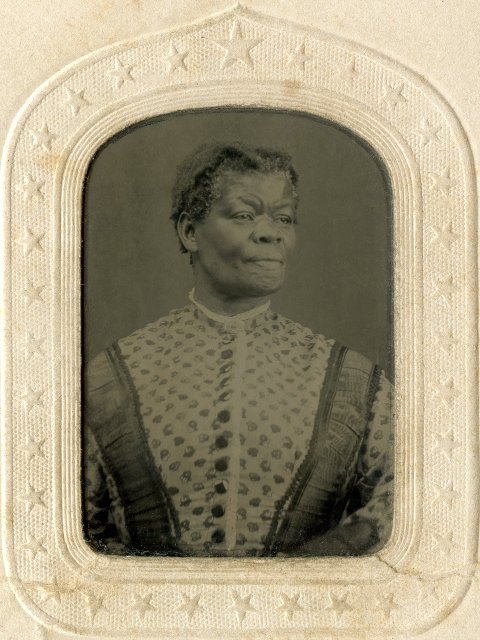Slaves and Slavery in Early Monticello and Sullivan County, New York:
A Compilation of Published Accounts and News Stories

Throughout the period of legalized slavery in New York State, from the 1620s to the 1820s, the experience of the slave was nearly always recorded from the perspective of white men and women who owned, traded, and made regulations for enslaved people. Only in the 1790s do the first documents and memoirs of life in slavery authored by black New Yorkers appear. (New York Historical Society (2005). Life Stories: Profiles of Black New Yorkers During Slavery and Emancipation [full PDF]). Consequently, we turn to secondary sources like published histories and newspapers. The following accounts, supplemented by census records contained in the appendix, and a few other available records demonstrate that African-Americans maintained a continuous presence in and around Monticello since the community’s earliest founding. Though hard to precisely count, numbers fluctuated over the decades and centuries. According to the current Sullivan County Historian John Conway: “When Harvey Griffin became a member of the Monticello Fire Department in 1875, he was the only African-American living in the village, and one of just a handful in all of Sullivan County. In 1930, when the population of the county was just over 35,000, and the area stood poised on the brink of its Golden Age, census figures reveal there were 91 African-Americans living here. That’s just over one-quarter of one percent of the population. As the resort industry began to grow, and especially once year-around resorts became popular in the 1940s and ‘50s, more and more African-Americans became permanent residents here. By 1980, as the Golden Age was becoming a distant memory, the number of blacks in the county had grown to 4,385 or nearly seven per cent of the total population” (email to the author, February 2, 2013; see also Some ground-breaking African-Americans [Conway, 2019]). To look prior to the diversification of the county’s population we need to rely on written narratives, including those by early Sullivan County historian and newspaper editor James Eldridge Quinlan. Published after Quinlan’s death in 1874, these texts appeared in print during 1920 and thereafter in the columns of The Republican Watchman, the newspaper Quinlan edited years earlier. Notably, Quinlan himself is remembered as a Copperhead who was sympathetic to the Confederacy during the American Civil War. (See "The Trial of Abraham Lincoln" [Conway, 2019].) In a light tone suggesting Quinlan found humor in the stories, some of his narratives recount atrocities that modern civilization would recognize as crimes against humanity (e.g. forcible castration of a black man and torture using animals). Keep in mind that Monticello was founded by the Jones brothers in 1804 while still part of Ulster County, and Sullivan County was formed in 1809. Unlike his brother Samuel who surveyed the Newburgh-Cochecton Turnpike, Monticello founder John P. Jones is said to have been a strong opponent of slavery from earliest times. Judge William A. Thompson, the first judge of Ulster County, founder of Thompsonville, and namesake of the Town of Thompson, was also a slave-owner. A generation after Quinlan, we still see evidence of institutional racism in the form of explicit editorial discouragement of proposed local integration project as recently as 1901, described as a “scheme [that] would be derogatory to the interests of Monticello and should be prevented if possible,” urging that “citizens who are interested should discourage… this new and yet wild enterprise.” In 2019, many would agree that racial integration remains spotty in most of Sullivan County, and the dream of economic and educational equality even in the population centers are still disparate. According to an introduction by David M. Gold to a 1993 reprint of Quinlan's landmark History of Sullivan County [full PDF], originally published in 1873 (Quinlan died one year later), while it is the earliest comprehensive history of the county, its treatment of some subjects was lacking:The book also suffers from poor organization. It includes fourteen separate town histories, arranged alphabetically, plus separate chapters on the geology, climate, and Indian background of Sullivan County and on the canal and railroads that served it. There is no overarching theme to the book, and little chronological sense. Quinlan gathered additional material that might in some degree have redressed these problems. He first thought of including it in the History and later planned to use it in a second volume, but this material never appeared in print. Among the weightier subjects to be treated were newspaper publishing, slavery, and temperance. Quinlan's description of his anticipated discussion of slavery, however, illustrates his anecdotal and occasionally frivolous approach to history: “Slaves and Slaveowners of Sullivan,” with several amusing accounts of Africans who were held in bondage in our county, (among others, of the manner in which Samuel F. Jones plowed a newly cleared lot in Monticello, with a spiked team, composed of a negro and a yoke of oxen)” (Gold, 1993).These sketchy accounts are among the few remaining threads affirming the existence and character of the institution of slavery in Sullivan County and those who lived under its yoke. As related information is found and new material published, it may be added to this site. Any descendants of Sullivan residents who lived in slavery in this county are particularly invited to share their knowledge and family historical and artifacts. Tom Rue, Village Historian
Monticello, New York
March 24, 2019
Download full 19-page PDF: Slaves and Slavery in Early Sullivan County, New York: A Compilation of Published Accounts and News Stories.
Sources:
Newspaper Columns *
*These columns are contained in the above compilation.
Jennie Thompson *
*A portrait of the subject, courtesy of Daniel K. Niven, is pictured at the above right.
Proposed "Negro colony" at Monticello